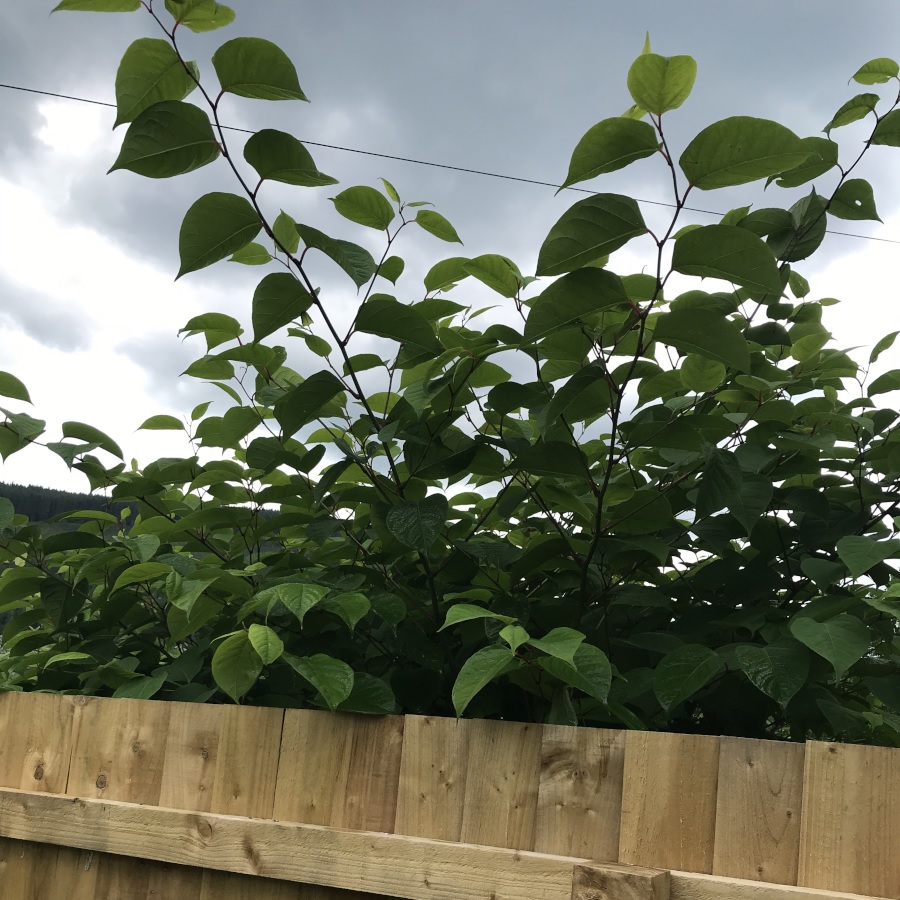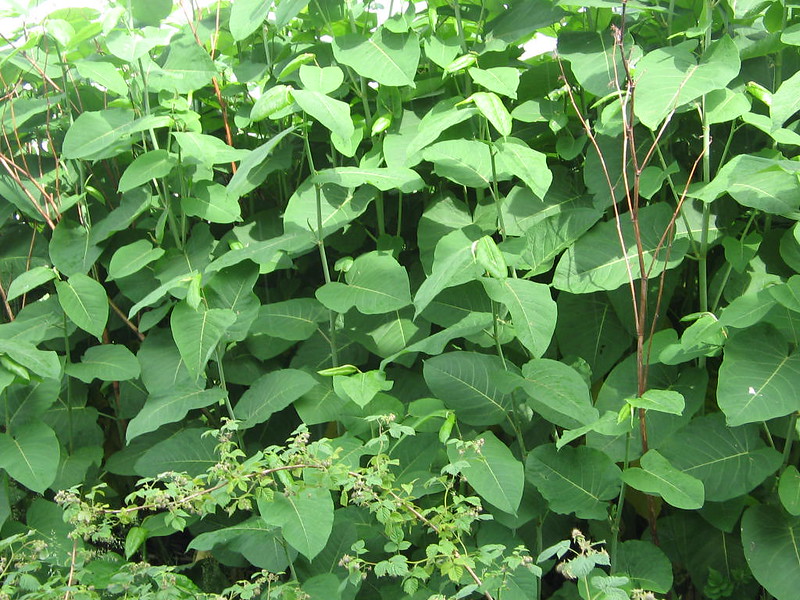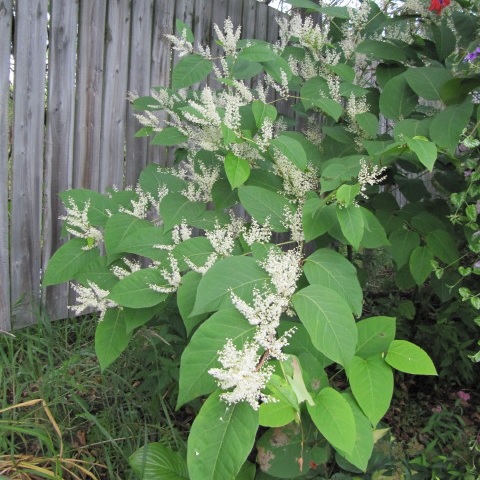
A Japanese knotweed management plan (JKMP) is a document that details the extent and severity of a Japanese knotweed infestation, assesses risk, and lays out a recommended strategy for treatment or removal of the plant.
When buying or selling a property that's affected by Japanese knotweed, it is common for lenders to demand a JKMP from a qualified specialist.
More...

In 2021, RICS (the Royal Institution of Chartered Surveyors) published a report stating that at least 1.45 million UK homes were affected by Japanese knotweed.
Having knotweed on your property poses a lot of problems - it can reduce the value of your home, make your garden look rather unsightly, and it can even cause structural issues by growing through existing cracks and holes in fences, walls and so on.
If you've discovered this plant on your property, you probably want to get rid of it ASAP. But can Japanese knotweed be completely eradicated?
More...

The term ‘invasive’ can be considered to be relative, since it’s difficult to quantify one plants invasiveness and compare it to that of another plant.
However, there are a few key features to take into consideration, particularly the number of cases, the damage it causes, and where it can be found.
What is Bohemian Knotweed
Bohemian knotweed is a hybrid between Giant knotweed (Fallopia sachalinensis) and Japanese knotweed (Reynoutria japonica). As such, it shares characteristics of both plants. The leaves of Bohemian knotweed are typically smaller than that of Giant knotweed and larger than that of Japanese.
Initially introduced as an ornamental plant in Ireland, Bohemian knotweed has since been detected in the wild.
More...
